‘Remote working’, ‘virtual meetings’, and ‘socially distanced business practices’ are the new terms that have crept into the mainstream. Like every other aspect of the business world, the pandemic has disrupted compliance audit and inspection processes as well. However, conducting audits is second to operating everyday commercial activities, and businesses cannot afford to do without them. Therefore, financial auditors, quality-control auditors, and compliance auditors have had to adapt to the situation to keep compliance in check.
Understanding the Role of Compliance Audit
Defined theoretically, a compliance audit is an evaluation by an independent party to ensure that an organization is adhering to all the regulatory due diligence. But in reality, the purpose behind, and the benefits of conducting compliance audits, is multifold:
- Ensures adherence to all the laws of the land, and other applicable rules and regulations.
- Highlights loopholes or inconsistencies in business processes.
- Suggests additional controls that can be put in place to ensure better due diligence.
- Creates an audit trail of accountability and review.
- Prevents companies from having to shell out money on fines, penalties, and legal charges.
- Preserves the reputation of the organization of one that is compliant, law-abiding, and reliable.
- Increases overall efficiency by showing the right way forward for the business in terms of compliance.
Thus, the role played by a compliance auditor is quite critical to the functioning of a business, and organizations need to find means to continue the compliance checks despite the existing pandemic restrictions in place.
Remote Inspections – Making the Most of Virtual Technology
Compliance audits of businesses in construction or manufacturing do not simply involve a review of documents. Instead, it includes, among others, in-person visits to the site or workplace, talking to the workers involved, inspecting machinery and equipment, and observing procedures being carried out live.
This is especially so for particular specific compliance auditors, such as those ensuring OSHA compliance.
Audit and Inspection Software – The Knight in Shining Armor
Compliance auditors have now adapted their audit procedures to a more remote process with the help of the latest technology. Although not easy, the attempt is to maintain the quality of the virtual compliance audit to the pre-pandemic physical audit times, as far as possible.
To achieve this, it is essential to partner with the proper audit software such as Pulse.
Through the medium of inspection software, the compliance auditor can remotely conduct almost all of the critical audit-related activities with minimum hiccups. Below are some examples:
1. Real-time Inspections
With the help of photos and videos being uploaded in real-time by on-site members, the compliance auditor gets a bird’s eye view of the end-to-end processes.
Pulse comes with an embedded timeline that ensures that the entire audit flow can be easily tracked. The compliance auditor can immediately update any observations or remarks regarding the ongoing remote inspection in the form of comments or documentation.
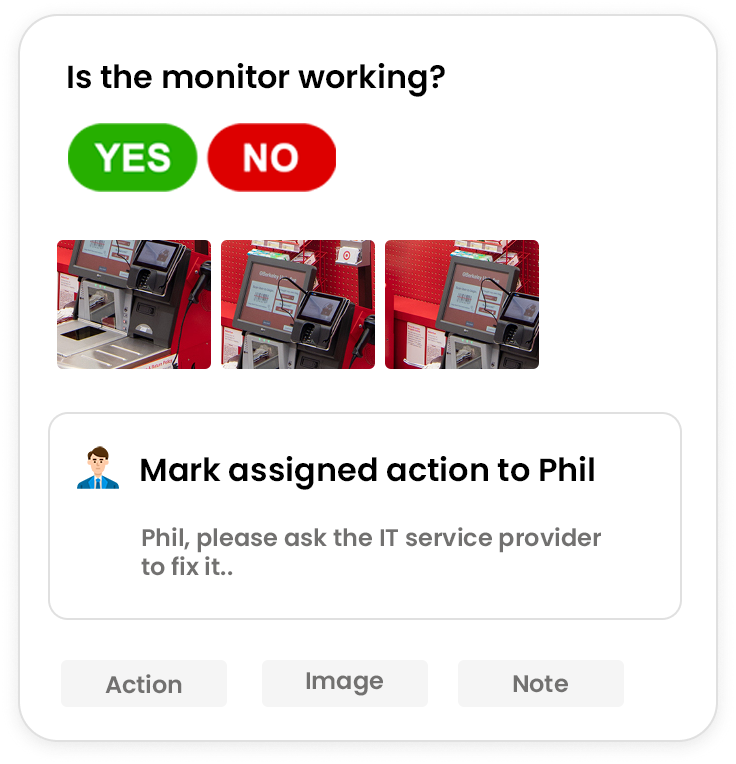
2. Online Audit Checklists
Checklists are one of the most critical audit tools, whether in a physical audit or remote. Today, remote audit software offers thousands of pre-built checklist templates or gives you the option to customize one instantly.
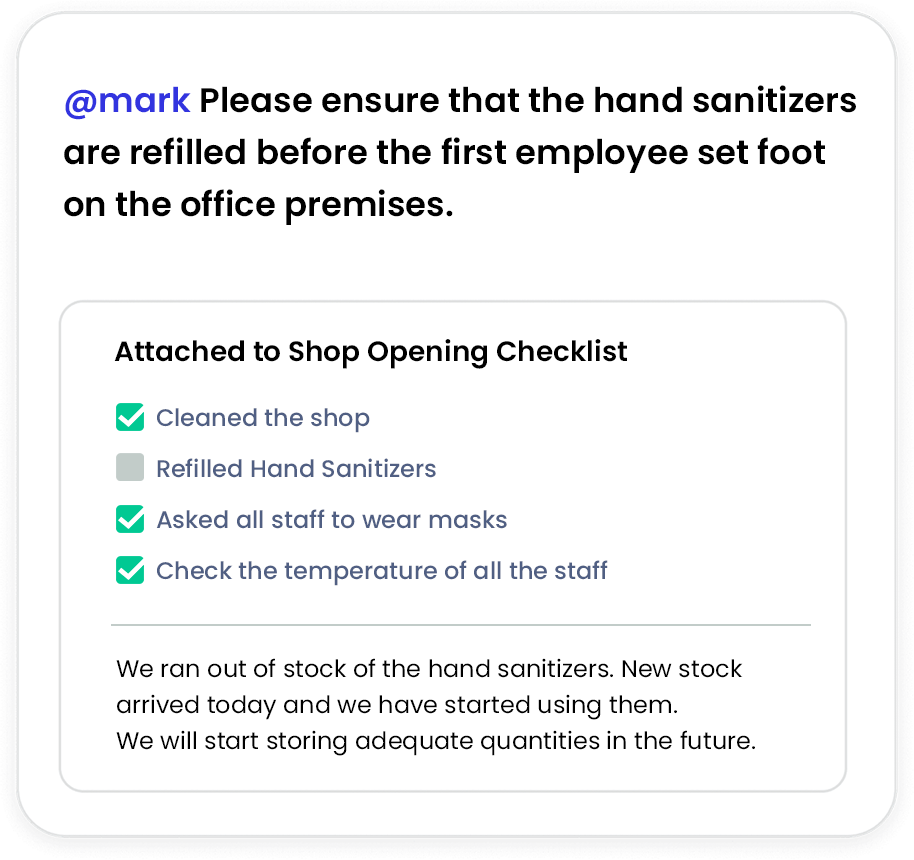
Unlike physical checklists, these come infused with built-in logic, which helps make remote inspection easier.
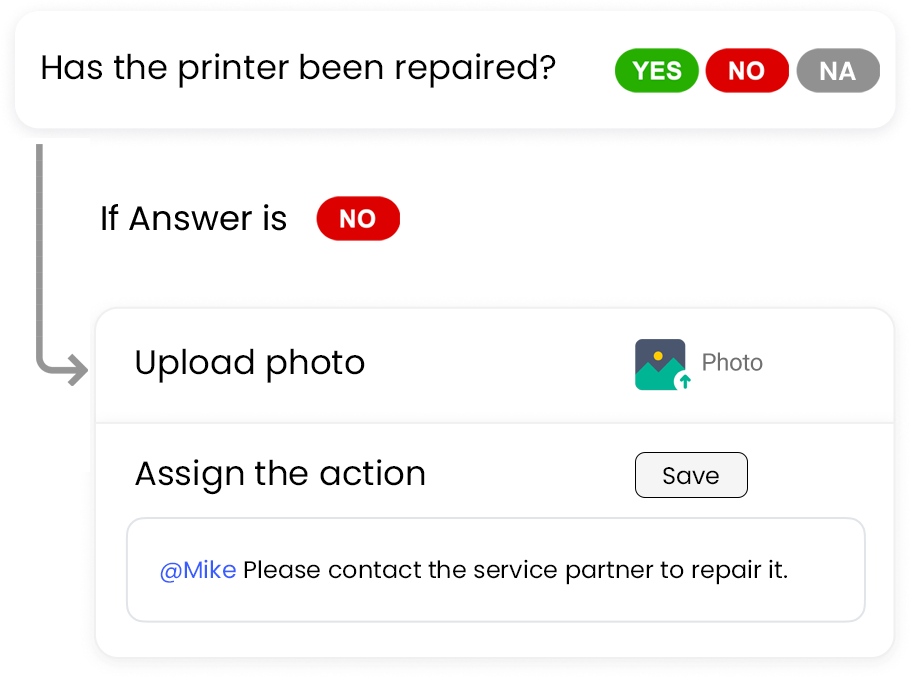
3. Sharing Documents on the Go
If any audit documents have to be verified or signed, the compliance auditor now easily and swiftly uploads them on the software platform from a remote location.
Furthermore, audit and inspection software comes with cloud storage, and a huge amount of data can be shared to and fro between the management and the auditor in a secure manner.
4. Virtual Meetings
From the first step of deciding the scope of the audit to the final step of discussing the final audit findings; meetings, brainstorming sessions, and discussions are an integral part of a compliance audit.
Unfortunately, due to the pandemic restrictions, it is practically impossible for all members of the audit and the management to be present in a single location for conducting physical meetings.
With the help of remote inspection tools, the compliance auditors can have as many face-to-face discussions as required, yet continue to work remotely.
5. Managing teams remotely
Seamless communication within the audit team ensures everyone is on the same page. Real-time collaboration is essential for proper task allocation, reviewing their work, and giving appropriate access to the team members.
Remote audit tools make managing the team easier for the compliance auditor, even though the members may be physically spread globally.
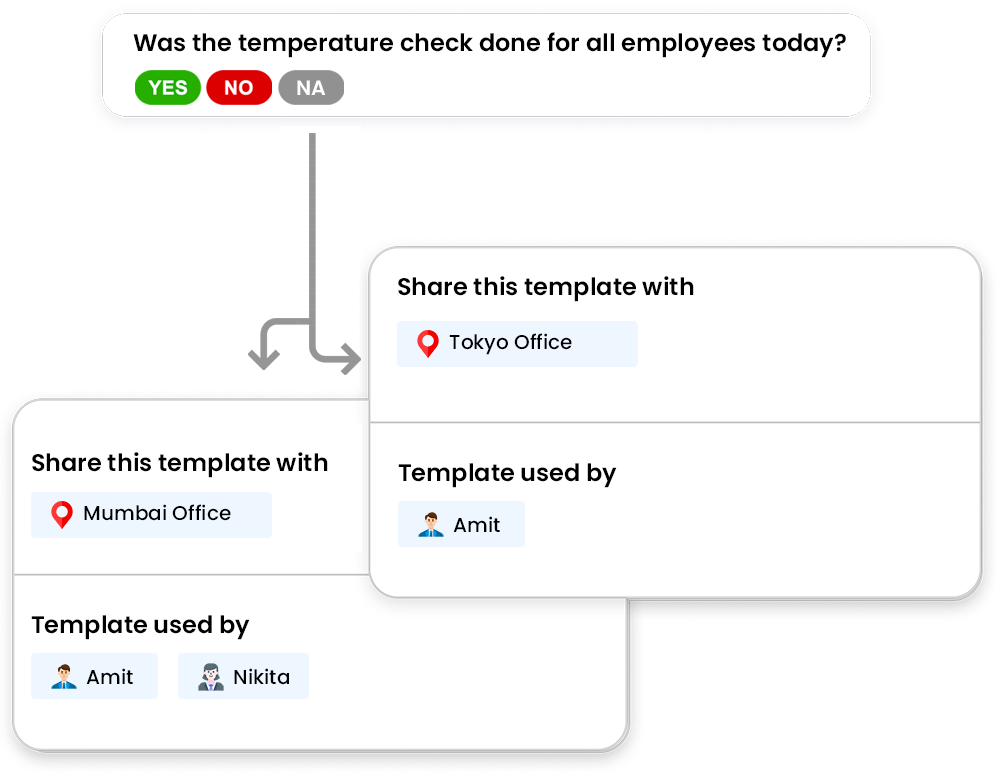

6. Online Scheduling of Inspections
Without the physical presence of an actual compliance auditor at the site, there are high chances of missing the routine inspections. With the help of inspection software, the compliance auditor ensures that remote inspections are triggered automatically.
7. Analyzing Audit Results
Compliance auditors are now adapting to a more data-driven and analytical study of the audit findings. With remote inspection software providing an advanced analytical engine, the auditors can get more insightful reports, which ultimately help management to take necessary corrective actions.
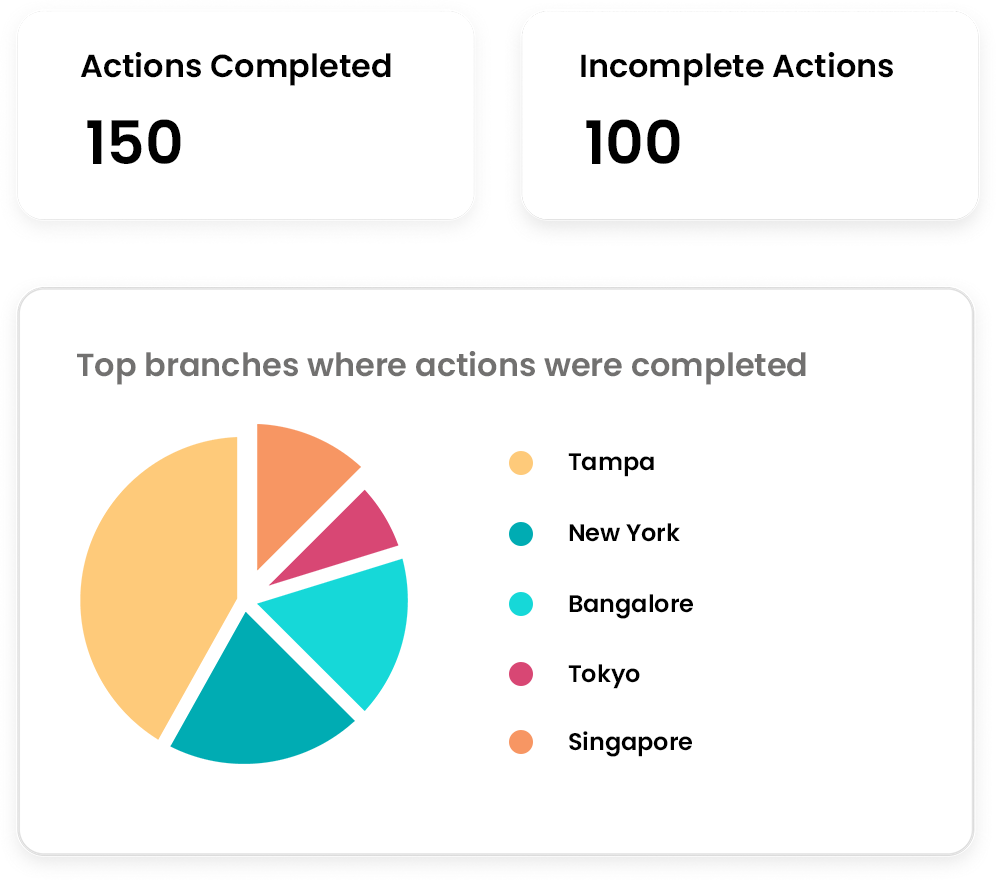
Making the Best of Remote Inspections with Pulse
Although the pandemic has caused irrevocable damage to business and humankind in general, it has also been a wake-up call to the way forward – a relook at where changes are due.
With remote inspections, the mundane, repetitive compliance audit processes have been replaced with productive tasks that create value for the business and increase overall compliance. Plus, you can end up saving money in the process.
But to be able to achieve this, you need to partner with the right virtual inspection tool – you need the Pulse advantage. So, join hands with Pulse today to take advantage of all these features, and ensure a seamless compliance audit for your organization.
